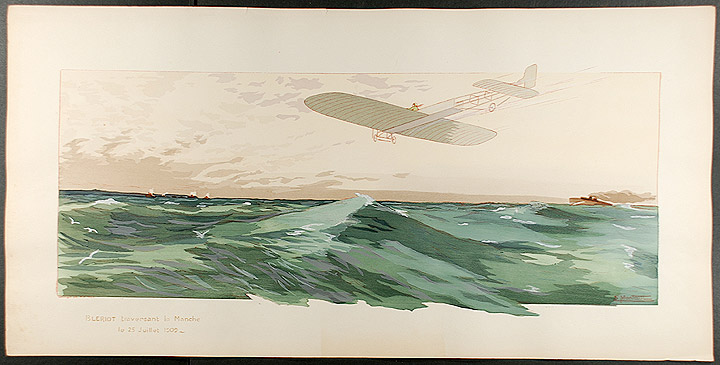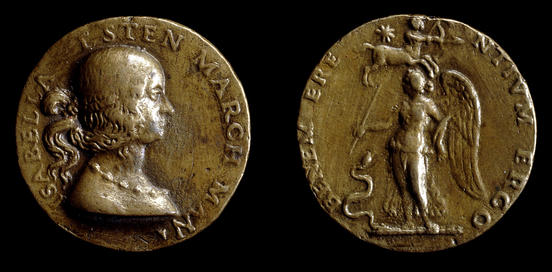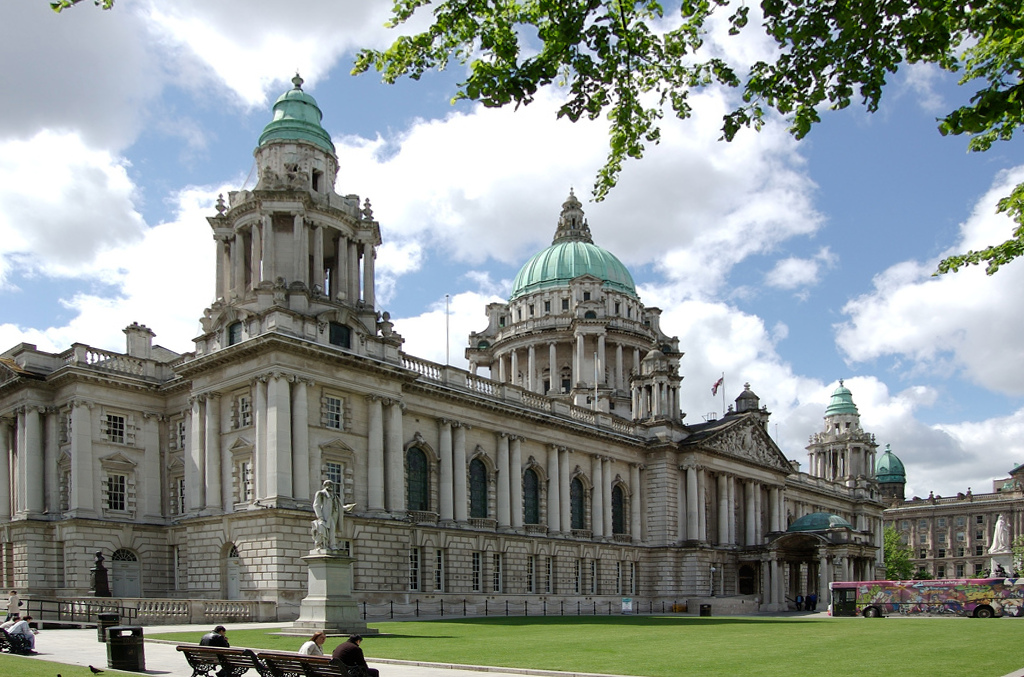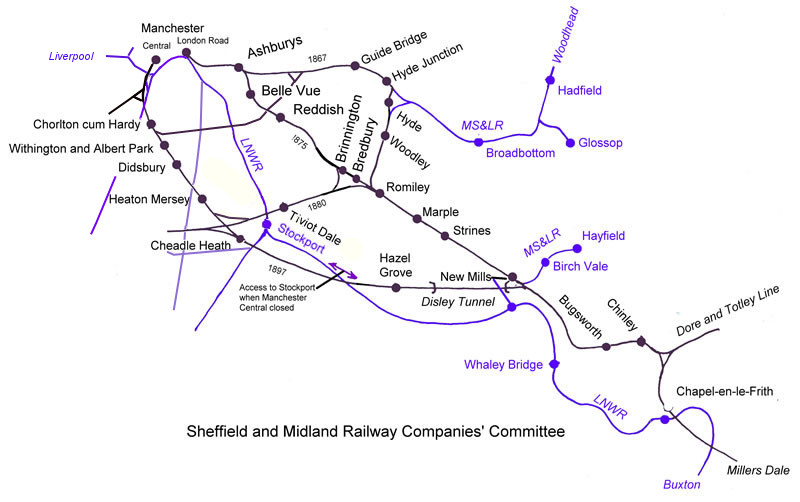|
John Milson Rhodes
John Milson Rhodes (1847 – 25 September 1909) was an English general practitioner in the suburb of Didsbury, Manchester, UK. He was noted as a pioneer of social reform. He was born at Broughton, Salford in 1847 and studied medicine in Glasgow and at Owen's College, Manchester. He was a member of the Chorlton Board of Guardians from 1882 and involved with the workhouse which later became Withington Hospital. He helped to set up the Styal Cottage Homes. He established the Northern Workhouse Nursing Association and the Chorlton workhouse became a pioneer of trained nursing, held out by Florence Nightingale as an example. He established the Langho Colony for Epileptics in 1904 and was involved with the David Lewis Centre, David Lewis Epileptics Colony. Death and memorials Rhodes died from heart failure brought on by strychnine, which he administered to himself regularly for his heart weakness. At the time, strychnine was a common treatment for bradycardia, and Rhodes administe ... [...More Info...] [...Related Items...] OR: [Wikipedia] [Google] [Baidu] |
Minim (unit)
The minim (abbreviated min) is a unit of volume in both the imperial and U.S. customary systems of measurement. Specifically, in the imperial system, it is of an imperial fluid drachm or of an imperial fluid ounce; in the U.S. customary system, it is of a US customary fluid dram or of a US customary fluid ounce. The minim was introduced in the 1809 edition of ''The Pharmacopœia of the Royal College of Physicians of London'' as a replacement for the drop, which had previously been the smallest unit of the apothecaries' system. It was observed that the size of a drop can vary considerably depending upon the viscosity and specific gravity of the liquid. (At the time, the phenomenon of surface tension was not well understood.) The minim, on the other hand, was measured with a graduated glass tube known as a "minimometer", later known as the minim-tube. The minim-tube was a type of graduated pipette, a device invented in 1791 by François-Antoine-Henri Descroizilles. Ap ... [...More Info...] [...Related Items...] OR: [Wikipedia] [Google] [Baidu] |
People From Salford
The term "the people" refers to the public or common mass of people of a polity. As such it is a concept of human rights law, international law as well as constitutional law, particularly used for claims of popular sovereignty. In contrast, a people is any plurality of persons considered as a whole. Used in politics and law, the term "a people" refers to the collective or community of an ethnic group or nation. Concepts Legal Chapter One, Article One of the Charter of the United Nations states that "peoples" have the right to self-determination. Though the mere status as peoples and the right to self-determination, as for example in the case of Indigenous peoples (''peoples'', as in all groups of indigenous people, not merely all indigenous persons as in ''indigenous people''), does not automatically provide for independent sovereignty and therefore secession. Indeed, judge Ivor Jennings identified the inherent problems in the right of "peoples" to self-determination, as i ... [...More Info...] [...Related Items...] OR: [Wikipedia] [Google] [Baidu] |
British General Practitioners
British may refer to: Peoples, culture, and language * British people, nationals or natives of the United Kingdom, British Overseas Territories and Crown Dependencies. * British national identity, the characteristics of British people and culture * British English, the English language as spoken and written in United Kingdom of Great Britain and Northern Ireland and, more broadly, throughout the British Isles * Celtic Britons, an ancient ethno-linguistic group * Brittonic languages, a branch of the Insular Celtic language family (formerly called British) ** Common Brittonic, an ancient language Other uses *People or things associated with: ** Great Britain, an island ** British Isles, an island group ** United Kingdom, a sovereign state ** British Empire, a historical global colonial empire ** Kingdom of Great Britain (1707–1800) ** United Kingdom of Great Britain and Ireland (1801–1922) * British Raj, colonial India under the British Empire * British Hong Kong, colonial H ... [...More Info...] [...Related Items...] OR: [Wikipedia] [Google] [Baidu] |
1909 Deaths
Events January–February * January 4 – Explorer Aeneas Mackintosh of the Imperial Trans-Antarctic Expedition escapes death by fleeing across drift ice, ice floes. * January 7 – Colombia recognizes the independence of Panama. * January 9 – The British Nimrod Expedition, ''Nimrod'' Expedition to the South Pole, led by Ernest Shackleton, arrives at the Farthest South, farthest south reached by any prior expedition, at 88°23' S, prior to turning back due to diminishing supplies. * January 11 – The International Joint Commission on US-Canada boundary waters is established. * January 16 – Members of the ''Nimrod'' Expedition claim to have found the magnetic South Pole (but the location recorded may be incorrect). * January 24 – The White Star Liner RMS Republic (1903), RMS ''Republic'' sinks the day after a collision with ''SS Florida'' off Nantucket. Almost all of the 1,500 passengers are rescued. * January 28 – The last United States t ... [...More Info...] [...Related Items...] OR: [Wikipedia] [Google] [Baidu] |
1847 Births
Events January–March * January 4 – Samuel Colt sells his first revolver pistol to the U.S. government. * January 13 – The Treaty of Cahuenga ends fighting in the Mexican–American War in California. * January 16 – John C. Frémont is appointed Governor of the new California Territory. * January 17 – St. Anthony Hall fraternity is founded at Columbia University, New York City. * January 30 – Yerba Buena, California, is renamed San Francisco. * February 5 – A rescue effort, called the First Relief, leaves Johnson's Ranch to save the ill-fated Donner Party of California-bound migrants who became snowbound in the Sierra Nevada earlier this winter. Some have resorted to survival by cannibalism. * February 22 – Mexican–American War: Battle of Buena Vista – 5,000 American troops under General Zachary Taylor use their superiority in artillery to drive off 15,000 Mexican troops under Antonio López de Santa Anna, defeating the Mexicans the next day. * Febr ... [...More Info...] [...Related Items...] OR: [Wikipedia] [Google] [Baidu] |
Poor Law Infirmaries
Poverty is a state or condition in which an individual lacks the financial resources and essentials for a basic standard of living. Poverty can have diverse Biophysical environment, environmental, legal, social, economic, and political causes and effects. When evaluating poverty in statistics or economics there are two main measures: ''absolute poverty'' which compares income against the amount needed to meet basic needs, basic personal needs, such as food, clothing, and Shelter (building), shelter; secondly, ''relative poverty'' measures when a person cannot meet a minimum level of living standards, compared to others in the same time and place. The definition of ''relative poverty'' varies from one country to another, or from one society to another. Statistically, , most of the world's population live in poverty: in Purchasing Power Parity, PPP dollars, 85% of ... [...More Info...] [...Related Items...] OR: [Wikipedia] [Google] [Baidu] |
Grade II Listed
In the United Kingdom, a listed building is a structure of particular architectural or historic interest deserving of special protection. Such buildings are placed on one of the four statutory lists maintained by Historic England in England, Historic Environment Scotland in Scotland, in Wales, and the Historic Environment Division of the Department for Communities in Northern Ireland. The classification schemes differ between England and Wales, Scotland, and Northern Ireland (see sections below). The term has also been used in the Republic of Ireland, where buildings are protected under the Planning and Development Act 2000, although the statutory term in Ireland is " protected structure". A listed building may not be demolished, extended, or altered without permission from the local planning authority, which typically consults the relevant central government agency. In England and Wales, a national amenity society must be notified of any work to be done on a listed building ... [...More Info...] [...Related Items...] OR: [Wikipedia] [Google] [Baidu] |
Medallion
A medal or medallion is a small portable artistic object, a thin disc, normally of metal, carrying a design, usually on both sides. They typically have a commemorative purpose of some kind, and many are presented as awards. They may be intended to be worn, suspended from clothing or jewellery in some way, although this has not always been the case. They may be struck like a coin by dies or die-cast in a mould. A medal may be awarded to a person or organisation as a form of recognition for sporting, military, scientific, cultural, academic, or various other achievements. Military awards and decorations are more precise terms for certain types of state decoration. Medals may also be created for sale to commemorate particular individuals or events, or as works of artistic expression in their own right. In the past, medals commissioned for an individual, typically with their portrait, were often used as a form of diplomatic or personal gift, with no sense of being an award fo ... [...More Info...] [...Related Items...] OR: [Wikipedia] [Google] [Baidu] |
Portland Stone
Portland stone is a limestone geological formation (formally named the Portland Stone Formation) dating to the Tithonian age of the Late Jurassic that is quarried on the Isle of Portland in Dorset, England. The quarries are cut in beds of white-grey limestone separated by chert beds. It has been used extensively as a building stone throughout the British Isles, notably in major public buildings in London such as St Paul's Cathedral and Buckingham Palace. Portland stone is also exported to many countries, being used for example at the United Nations headquarters in New York City. Geology Portland stone formed in a marine environment, on the floor of a shallow, warm, sub-tropical sea probably near land (as evidenced by fossilised driftwood, which is not uncommon). When seawater is warmed by the sun, its capacity to hold dissolved gas is reduced; consequently, dissolved carbon dioxide (CO2) is released into the atmosphere as a gas. Calcium and bicarbonate ions within the wat ... [...More Info...] [...Related Items...] OR: [Wikipedia] [Google] [Baidu] |
Edwardian Baroque
Edwardian architecture usually refers to a Neo-Baroque architectural style that was popular for public buildings in the British Empire during the Edwardian era (1901–1910). Architecture up to 1914 is commonly included in this style. It can also be used to mean various styles in middle-class housing, including relaxed versions of Arts and Crafts architecture. Description Edwardian architecture is generally less ornate than high or late Victorian architecture, apart from a subset – used for major buildings – known as Edwardian Baroque architecture. The Victorian Society campaigns to preserve architecture built between 1837 and 1914, and so includes Edwardian as well as Victorian architecture within its remit. Characteristics The characteristic features of the Edwardian Baroque style were drawn from two main sources: the architecture of France during the 18th century and that of Sir Christopher Wren in England during the 17th—part of the English Baroque (for this reas ... [...More Info...] [...Related Items...] OR: [Wikipedia] [Google] [Baidu] |
Didsbury Railway Station
Didsbury railway station is a former station in Didsbury, in the southern suburbs of Manchester, England, United Kingdom. The station was located on Wilmslow Road, just north of the junction with Barlow Moor Road and opposite Didsbury Library. Nothing now remains of the old station buildings, which have been demolished, but the surviving white Portland stone clock tower is a local landmark. Didsbury is now served by Didsbury Village tram stop which is close to the site of the former railway station. History In 1873, the Manchester South District Railway obtained permission to construct a new railway line from Manchester to Alderley, Cheshire, Alderley. The company fell into financial difficulty and was eventually bought out by the Midland Railway in 1877, who went on to build the line. Construction began in 1878 and the line — including Didsbury Station — opened to passenger service on 1 January 1880, running from the new Manchester Central railway station, Manchester Cent ... [...More Info...] [...Related Items...] OR: [Wikipedia] [Google] [Baidu] |








